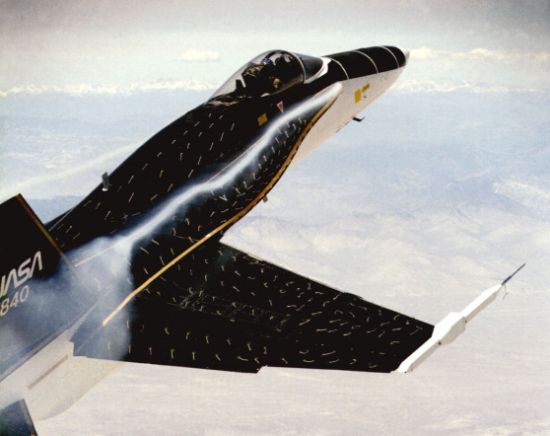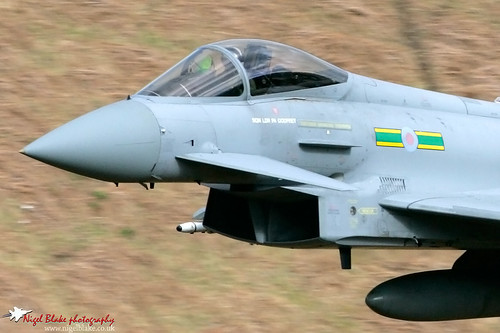Engineer
Major
What exactly are stable and unstable canards? Did you mean control canards and lifting canards?
Of the examples of "stable" canards you've lifted which one is capable of the same deflection featured on the J-20. If the canards on the J-20 are simply used to provide lift why not fix them and use control rudders, as in the case of the Viggen?
Longitudinal stability is determined by the relative position between center-of-gravity and aerodynamic center. When aerodynamic center is ahead of the c.g., the aircraft is unstable in the longitudinal axis, and vice-versa when the c.g. is ahead of the aerodynamic center. This is the weathercock effect.
Think of a pendulum. When the center-of-mass is higher than the hinge, it's unstable because the mass will always go away from that position. When the center-of-mass sits directly below the hinge, the system is stable because the mass stays at that position. On an aircraft, the center-of-mass is replaced by the aerodynamic center, while the hinge is replaced by the center-of-mass.
Relaxed stability is same as stable, except that the distance between center-of-mass and aerodynamic center is shorter than normal, lowering the stability of the aircraft.
Last edited:



